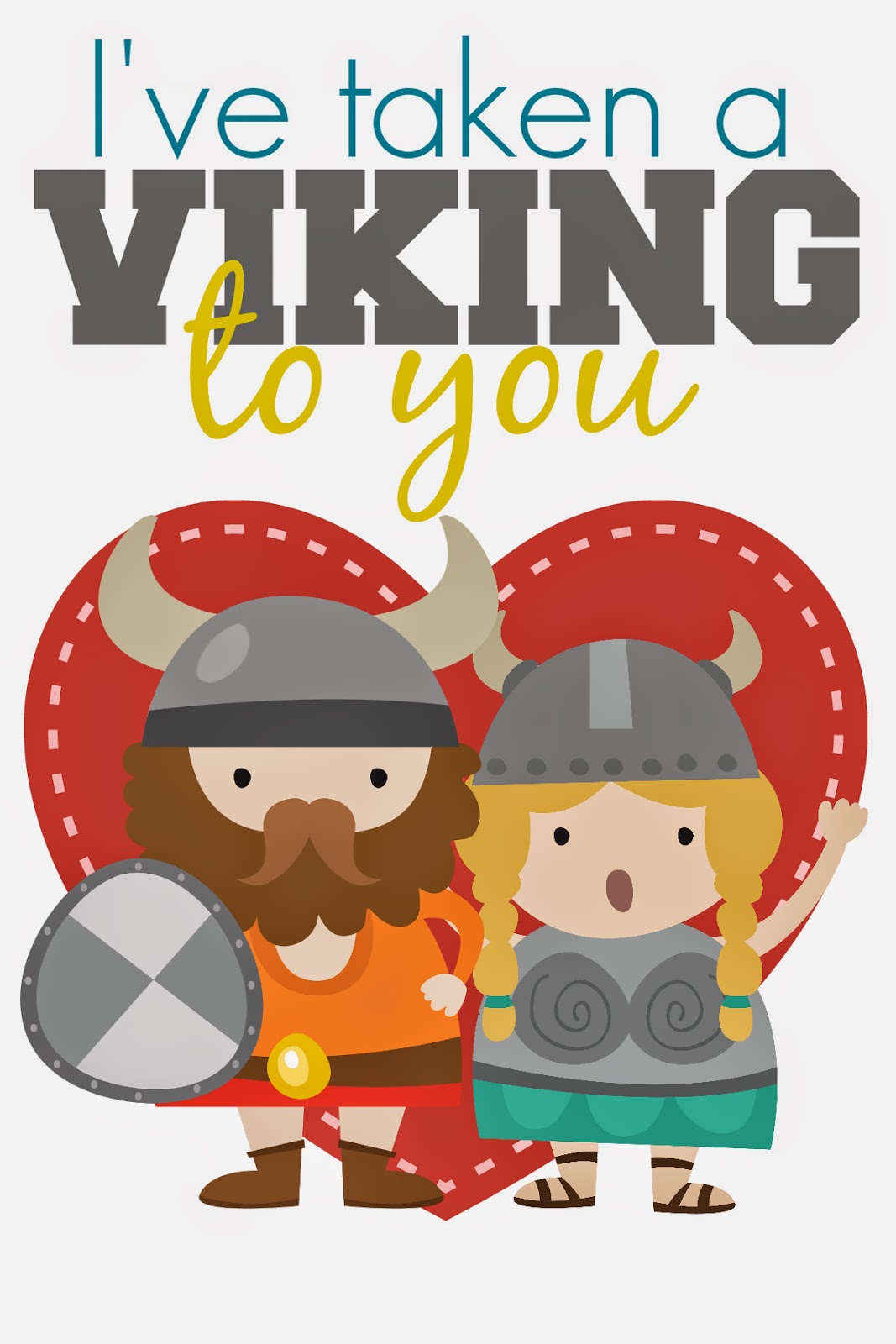Originally released in 2013 on World News Center.
Today is the day we celebrate love. Love is one of those things that comes with some expectations. Honesty, openness, sharing and so on. Well, that’s what it says in the press release. And, for the most part, it’s all true. Valentine’s day is widely attributed to a celebration of the selfless death of St. Valentine. The problem arises when you try to figure out which one. Here’s what the Catholic church, the people who authorize saints, has to say; “At least three different Saint Valentines, all of them martyrs, are mentioned in the early martyrologies under date of 14 February. One is described as a priest at Rome, another as bishop of Interamna (modern Terni), and these two seem both to have suffered in the second half of the third century and to have been buried on the Flaminian Way, but at different distances from the city. In William of Malmesbury’s time what was known to the ancients as the Flaminian Gate of Rome and is now the Porta del Popolo, was called the Gate of St. Valentine. The name seems to have been taken from a small church dedicated to the saint which was in the immediate neighborhood. Of both these St. Valentines some sort of Acta are preserved but they are of relatively late date and of no historical value. Of the third Saint Valentine, who suffered in Africa with a number of companions, nothing further is known.”
But whether it was the fate of the 3rd century inmate who allegedly cured the jailer’s daughter’s blindness just before he was executed or one of the other guys, we do know that by the late 1400’s Chaucer was writing about the holiday in his Parliament of Foules.
For this was sent on Seynt Valentyne’s day
Whan every foul cometh ther to choose his mate.
What’s missing from the story thus far?
Some might say that I am missing the connection to the Lupercalia. They would be right. I have not discussed how Valentine’s day got connected to a pagan holiday. Nor did I mention how early Lupercalia lotteries were truly a prize worth winning. If you were an unmarried man and you won, you won a virgin. That beats the living hell out of a TV.
Yeah, the church had problems with that and the whole thing got watered down.
Okay, what else is missing?
If you said “Vikings” you’re one of the people who have been blowing up my email this week.
Let’s trace this back to its source. Tru-TV, like the History channel it’s not all that accurately named, put up a blog called “Valentine’s Day Conspiracy Theories.” Most of it is harmless fluff but then they tossed up this nugget.
The Vikings
Valentine’s Day might have absolutely nothing to do with any of the three saints or the Romans at all. Instead, it could have started with the Norse — yes, the Vikings. After centuries of burning and pillaging and helmets with horns, many Vikings settled in northern France and became Normans. There they venerated a saint called Galantin which they pronounced “Vah-lantin” and which translates to “lover of women.”
How wrong is this? Let me count the ways.
First, St. Galantin is not a saint. That’s easy to prove. Catholics love their saints and they have a web site dedicated to all some kazillion of them. They even have St.s Sergius and Bacchus, the two gay saints, so it isn’t like they’re trying to hide anything. They downplay it, but they don’t hide it.”
Second, the word “galantine,” widely cited on the internet as being a French word for “a gallant lover” actually refers to a French dish of stuffed meats. It’s a very good meal if you get the chance to try it. The word has no meaning in French other than that.
Quick side note, there was not a Normanic person on the planet in those days who would have pronounced the letter “G” as a “V.”
Third of all, the Vikings didn’t lay siege, and later move, to France until 896. Well after the death of all three saints noted above and long after the Church’s early attempts to blend the holiday with the Lupercalia.
Lastly, the Vikings didn’t have any saints in the first place. They had gods by the basket full but no saints. If you click on the list of saints above you will note that the only saints even remotely associated with the Normans or the Vikings are the ones attributed to people who were killed, excuse me – I mean martyred, trying to convert them.
Simply put, the story is horse manure.
So, there you have it. Valentine’s Day has its share of odd traditions, especially in Japan, but it has absolutely nothing to do with Vikings. Never has, never should.
I can’t say “Never will” since I refuse to underestimate the stupidity of some people.


